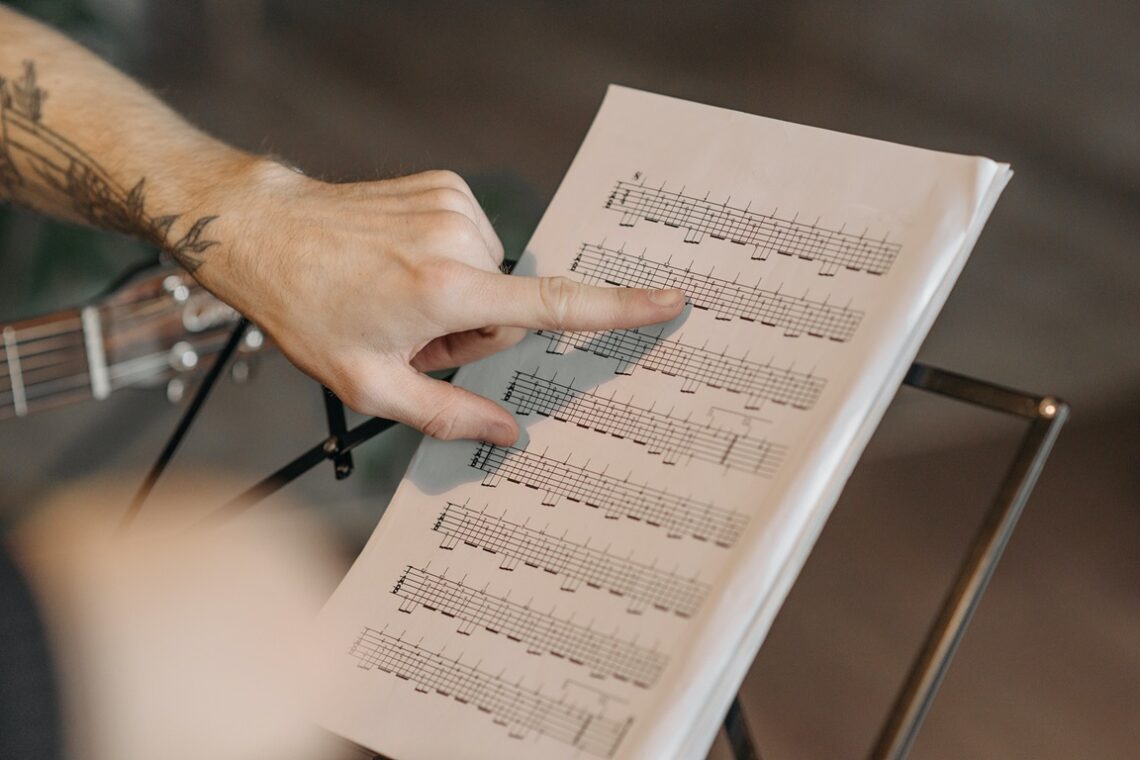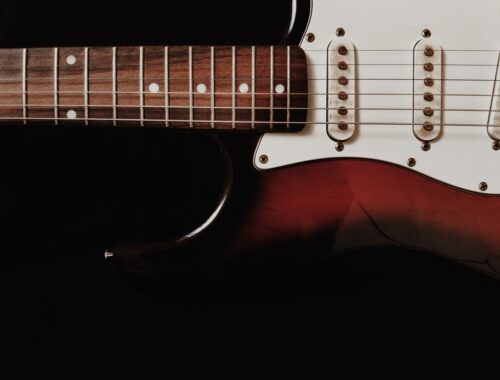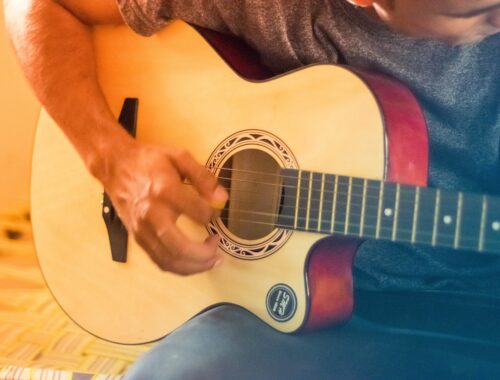
Barre Chords: Tips for Mastery
Barre chords are a significant milestone in a guitarist’s journey. These versatile chords, which involve using one finger to cover all the strings at a particular fret, unlock a world of musical possibilities. Mastering barre chords can be challenging, but the rewards are well worth the effort. In this comprehensive guide, we’ll explore what barre chords are, why they are essential, and provide you with valuable tips to help you conquer these powerful chords and take your guitar playing to the next level.
What Are Barre Chords?
Barre chords, also known as “bar chords,” are a type of chord that allows you to play different chord shapes all along the guitar neck using the same finger formation. The name “barre” comes from the technique used, where one finger, often the index finger, is used to press down (bar) all the strings at a particular fret, while the other fingers form a standard chord shape behind it.
Barre chords are movable, meaning you can change the chord by moving the bar to a different fret while maintaining the same finger formation. This versatility is invaluable for playing in various keys and positions on the fretboard.
The Importance of Barre Chords
Barre chords are essential for several reasons:
- Key Transitions: Barre chords allow you to transition smoothly between keys by moving the same chord shape up and down the neck.
- Chord Variety: They expand your chord vocabulary, enabling you to play a wide range of major, minor, and even more complex chords in different positions.
- Soloing and Songwriting: As you progress, barre chords become the foundation for creating your riffs and solos. They’re crucial for songwriting, as they open up possibilities for harmonization and musical expression.
- Playing with a Band: Barre chords are a staple for rhythm guitarists playing in a band. They provide a fuller sound and are often used to add rhythmic drive to songs.
Types of Barre Chords
There are two primary types of barre chords: E-shaped and A-shaped barre chords. These are named after the open chords they are derived from: E major (E-shaped) and A major (A-shaped).
- E-Shaped Barre Chords: These chords have their root on the low E string. The index finger acts as the “barre” across all the strings, creating a chord shape that mirrors an E major or E minor chord. You can move this shape up and down the neck to play various major and minor chords.
- A-Shaped Barre Chords: These chords have their root on the A string. The index finger functions as the barre across all the strings except the low E. The chord shape resembles an open A major or A minor chord. Like the E-shaped barre chords, you can move this shape to play different major and minor chords.
Tips for Mastering Barre Chords
Now, let’s delve into some valuable tips to help you master barre chords:
1. Finger Strength and Dexterity:
Building finger strength and dexterity is crucial for successfully playing barre chords. The index finger, which forms the barre, needs to press down firmly on all the strings. Regular finger exercises and warm-ups can help you develop the necessary strength.
2. Proper Finger Placement:
Ensure your index finger is placed straight and directly behind the fret. Press down on the strings with the bony side of your index finger, not the fleshy part. Use the thumb on the back of the neck as a pivot point to apply pressure.
3. Mind the Gap:
Check for any gaps between the strings and the fretboard. A common issue with barre chords is muted or buzzing strings caused by a lack of proper finger pressure. Press hard enough to make each string sound clean and clear.
4. Start with Partial Barre Chords:
To ease into barre chords, begin with partial barres. These involve barring only a subset of the strings while leaving some open. For example, an A major barre chord involves barring the high E and B strings on the same fret but leaving the lower strings open. This approach can help you practice barring while maintaining some familiar open strings.
5. Work on Barre Chord Exercises:
Dedicate time to specific barre chord exercises to develop your skills. Exercises like practicing transitions between barre chords and playing different barre chord shapes up and down the neck can be highly beneficial.
6. Use a Capo:
Using a capo allows you to play barre chord shapes in various positions without having to bar all the strings. This can be a helpful way to ease into barre chords and experiment with different chord positions.
7. Gradual Fret Progression:
When learning barre chords, start in the lower frets where the strings require less tension to sound clean. As you become more comfortable, move up the neck and challenge yourself with higher-fret barre chords.
8. Visualize Chord Shapes:
Visualize the chord shapes you’re playing. Understanding that barre chords are based on open chord shapes can help you navigate the fretboard more easily.
9. Patience and Persistence:
Mastering barre chords takes time and patience. Don’t be discouraged by initial challenges. Continue practicing, and you’ll see steady improvement over time.
10. Songs with Barre Chords:
Learn songs that incorporate barre chords. It’s a practical way to apply your newly acquired skills and experience the benefits of barre chords in real musical contexts.
11. Seek Guidance:
Consider taking lessons from a guitar teacher who can provide personalized feedback and guidance on your barre chord technique.
Barre chords are a gateway to unlocking the full potential of the guitar. They empower you to play in different keys, expand your chord vocabulary, and enhance your playing versatility. With the right approach and consistent practice, you can conquer these sometimes challenging chords. Barre chords open up a world of musical possibilities, and as you become proficient in their use, you’ll discover the joy of playing a wider range of songs and creating your music with greater creativity and expression. So, pick up your guitar, embrace the challenge, and embark on the journey to barre chord mastery.
You May Also Like

Practice Regularly
March 29, 2023
Essential Guitar Chords for Beginners
October 19, 2023

